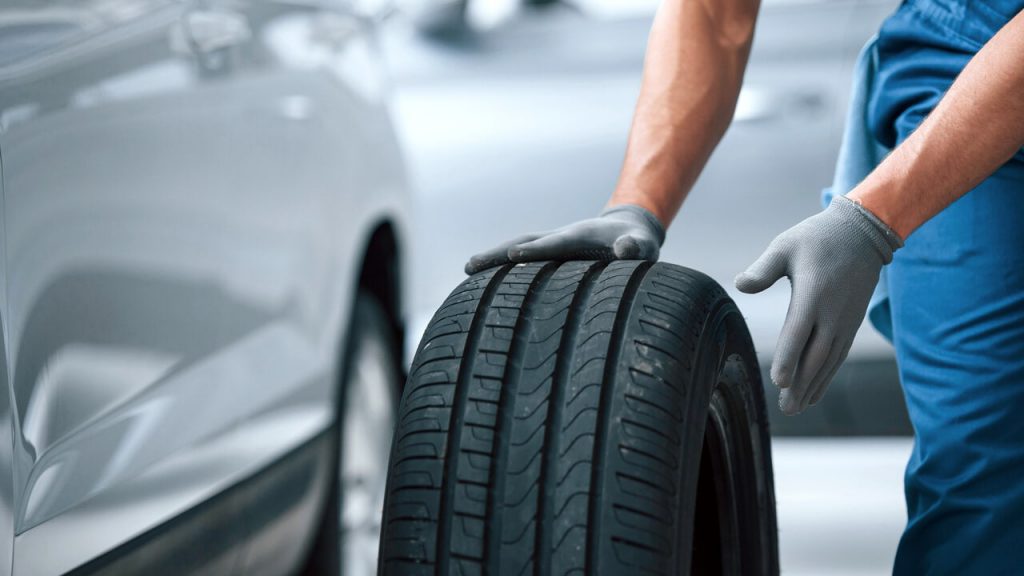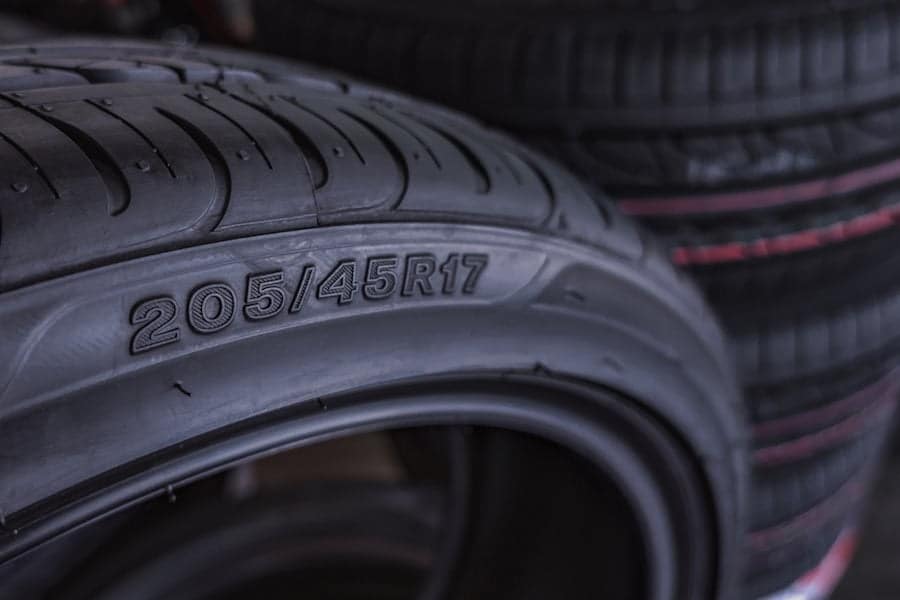For most people, driving a car can become a daily chore. But to fully understand the tire readings, very few, must be car enthusiasts.
Contents
Tire Speed Rating Meaning

Among them, there is a letter indicating the tire speed rating. This ratio was introduced in the 1960s to back up the case of a car blowing out a tire on the highway because the tire standard did not have enough load capacity.
Technically, the speed rating on tires indicates the tires’ ability to withstand heat when driving on the highway, or when cornering hard. From a consumer perspective, this rate is important because it shows how heat is generated in the tire, as well as which number is appropriate for the type of vehicle being used.
Heat is generated when the tire is deformed, such as bending. That is why, under-inflated tires are easy to explode, with insufficient tire pressure to shape, the tires have to be folded and deformed, generate more heat, and break the structure. To help prevent the tires from generating heat during deformation, even when fully inflated, tires with a higher speed rating have been developed, which feature more durable and stable treads, belts, and additional reinforcement. These features not only help reduce the deformation of the tire causing heat but also helps it to grip the road better, to run faster, and have more stable cornering than low-ratio tires.
How To Read The Tire Speed Rating
Understanding the letters of speed rating on tires is not as simple as A, B, C. The rated letters do not follow a regular sequence, so you need to know what the letters mean before you choose the tires to use because they need to match the type of vehicle you are riding.
In the table below, we have listed the tire speed indicators alphabetically and the maximum allowable tire speed. You can use this tire speed rating chart when looking for new tires. Remember, because the European head system is based on km/h, notice the difference when measuring in MPH.
| Tire Speed Rating | Max speed (MPH) | Max speed (Km/h) |
|---|---|---|
| L | 75 | 120 |
| M | 81 | 130 |
| N | 87 | 140 |
| P | 93 | 150 |
| Q | 99 | 160 |
| R | 106 | 170 |
| S | 112 | 1280 |
| T | 118 | 190 |
| U | 124 | 200 |
| H | 130 | 210 |
| V | 149 | 240 |
| Z | 150+ | 240+ |
| W | 168 | 270 |
| Y | 186 | 300 |
| (Y) | >186 | >300 |
As the tire speed rating chart shows, some unusual letters catch a bit more attention, such as “H” is before “U” and “Z” is lower than “W” and “Y”. That’s why it’s important to check the tire speed rating before you buy because you don’t want to get 4 new tires that don’t match the top speed of your vehicle.
Most passenger vehicles today have a speed ratio between the letters S to Y in the alphabet. However, one interesting exception is between U and V, an additional letter representing the ratio, H, which stands for High Performance.
For practical tests, reporters at Autos.ca tested installing different tires on one vehicle. For example, when using Nokian Entyre tires with a V ratio, it takes 35m to come to a complete stop when braking at 100 km/h, while Firestone FR710 tires with an S ratio take up to 39m.
The V-rated tires responded well and provided a significantly better grip in the cornering test. When going through a tight corner at 35 km/h, the S-tires almost knocked over the corner limit stakes and ran out, while the V tire, at 37 km/h, only knocked two piles and still bobbed. This test shows how much safety is needed in emergency lane changes on the highway.
After testing and measuring the tire temperature, the S tire showed that the temperature near the belt was several degrees higher than on the tire surface, while the V tire had an even temperature across the entire tire.
It is necessary to pay attention to this rating when changing tires. Never replace a tire with a lower ratio than your standard tire (from S-Y in ascending order). Also, you can upgrade to a higher standard tire than the original.
Should You Drive Over the Tire Speed Limit?
As shared above, giving speed limit indicators for tires is only relative. Because there is not any manufacturer that recommends you to use a tire exceeding the parameters too much compared to the allowable level. Therefore, this speed limit helps the driver to move safely. At the same time, you can easily choose the type of tire that matches your car’s specifications operating at its best.
So our advice is that you should not exceed the allowed speed limit. It will not only help you to drive safely, but also prolong the life of the tires. With a suitable pack, you can best control the current condition of the tires.

Tire load index and speed rating are measured when the tire is in good condition, free of wear and tear, inflated to the correct pressure, and fitted to a rim that matches the size of the tire.
For example: On Michelin 215/45R17 Primacy 4 tires marked 91W, which means the load index is 91, and the speed rating is W. Thus, the tire can load up to 615kg at a speed of 270 km/h or can run at a maximum speed of 270 km/h with a load of 615kg under the conditions specified by the manufacturer.
These two ratings are vital to the operation of cars. Usually, in the owner’s manual, the manufacturer will recommend the tire load index and speed index for car owners. If a tire needs to be changed, not only the size is required, but these two indicators must also match the inspection certificate to ensure safety and insurance benefits.
Tips For Getting The Right Tire For Your Vehicle
Most people choosing tires are looking for the best combination of performance, durability, and price. But they do not know that speed is also a worth-considering factor. Choosing a tire with a lower speed rating than recommended may void your vehicle insurance policy. Not only that, tires can wear out faster at high speeds, so any savings you make by choosing cheaper, low-speed tires will be lost when you need to change them in the future. Keep an eye on the notices below:
- Know your vehicle’s top speed: While you may never have been able to ride to the maximum speed of your vehicle, the tires should be appropriate for this speed. Your owner manual can tell you the top speed of your car and whether you can use a high-speed tire or not.
- Stick to the letter. Even if you have read great reviews about a tire, it’s still a good idea to choose the right speed tire. This will give you the best combination of performance and safety without compromising your vehicle’s coverage.
- Use a tire finder. Now it’s easier to find the right tire for your vehicle, with reliable tire suppliers having a quick tire finder to match your vehicle. While these tools make it easy to find tires, you should double-check the size and speed rating before making a purchase.
We hope that the information about the tire speed rating above can help you understand the basics of car tires and be more aware when installing new and inflated tires with the proper rating and pressure.
For more car maintenance tips, follow Car From Japan today.



